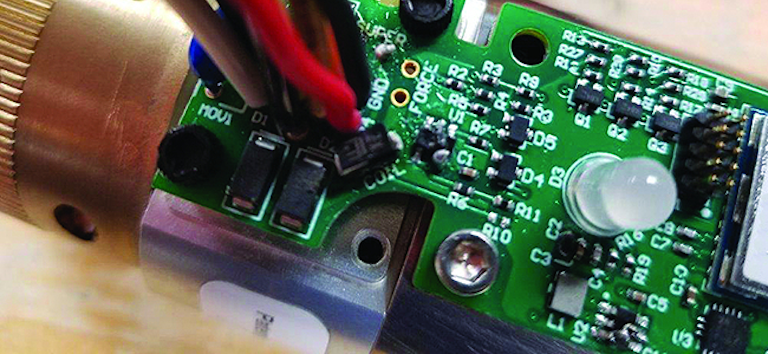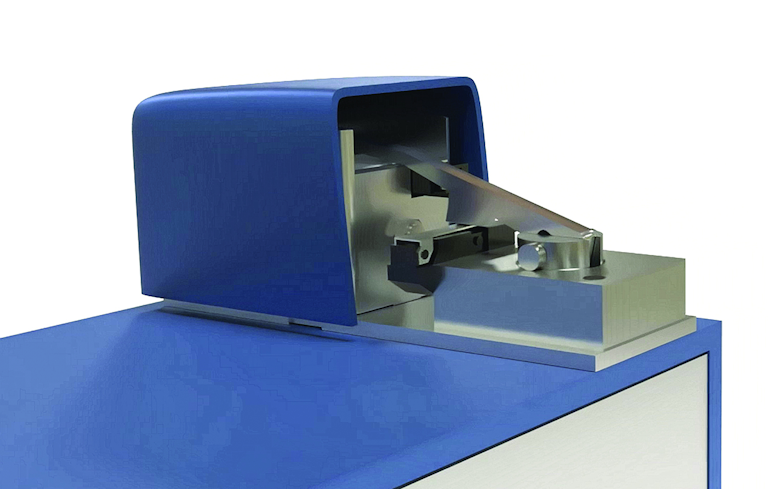Internet of Things (IoT) is a very hot topic across many industries. Gartner1 confirms that 20.8 billion connected things will be in use by 2020 with a total spent on IoT devices & services exceeding $3 trillion in 2018. Numbers like that get the attention of executives, which then drives questions to OEM design teams about what they are doing for IoT innovations. It is important for the entire design team to discuss options and develop a plan for how IoT enhancements will drive additional revenue and/or new business. Engineering is most powerful when the different disciplines work together and not in separate silos. Everyone must be on the same page to ensure that IoT initiatives are successful in contributing to the bottom line.
The real value of adding Internet connectivity to a product comes from the data and/or control that would be available to customers. Each industry will have different critical value propositions; some require high quality performance, others can’t deal with unexpected outages, and still others need improved visibility over their product/system, etc. By starting with the client’s critical needs, engineering teams can determine what type of data provides the most value along with the sensors that need to be deployed in the product to provide that functionality. For example, most processing companies will do almost anything to avoid unexpected downtime. They would greatly benefit from IoT enabled solenoids that can track temperature, vibration, and other data at different points in their equipment. Rather than trying to insert sensors on an aftermarket basis, they could be integrated into key components to track critical functionality, validation, and recalibration efforts. Once the information is collected by the sensors, the data can be transferred to a database and displayed on a secure website used in Artificial Intelligence (AI) programs or other initiatives. Systems can also leverage predictive maintenance intelligence, which will help customers with preventive maintenance and improved process understanding. These are just a few examples of the value engineering teams can design into their next generations of processing products.
Beyond the direct benefits to clients, OEMs can also use sensing/IoT functions to improve their margins and customer service. This capability is especially valuable with warranty audits. Sensors can be strategically placed in the OEM system to track misuse or other issues. Fire suppression products can be triggered unexpectedly if components of the system are impacted. Sensors can collect data on shock and/or position to confirm when the system was impacted and if that specific impact caused the misfire. This could save the OEM thousands of dollars in analysis costs, and it would also allow the fire suppression OEM to show the client that the accident was not due to a faulty product. Another option in the same market could improve ongoing support. Collected data could be displayed to a private website or app that is only used by approved/certified repair partners. This type of set-up will drive aftermarket work to approved OEMs partners, and it will also allow the repair partners to provide better service. Because the deployed system will use data to confirm system status, repairs could potentially be executed before the customer even knows there is an issue.

